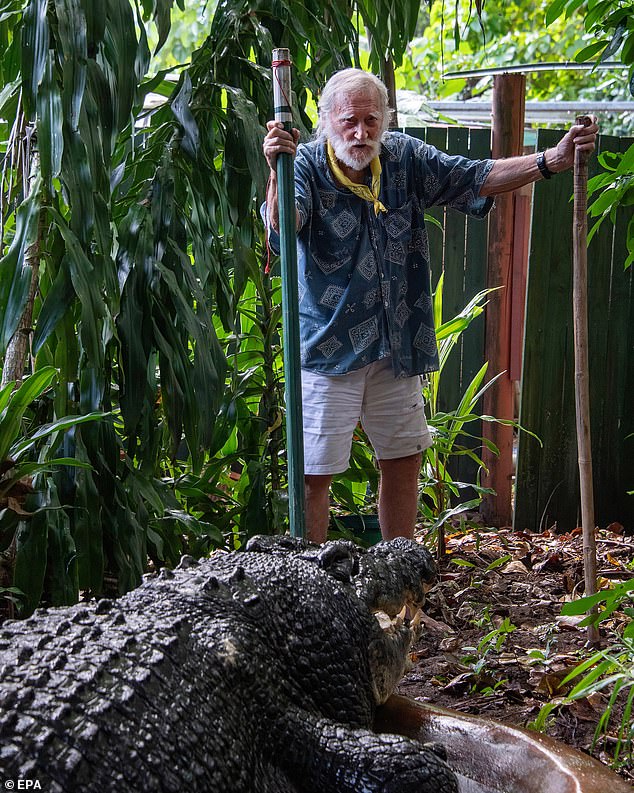Scientists in Australia are now on a quest to determine the true age of Cassius, the recently deceased saltwater crocodile.
The 18-foot crocodile was captured in the 1980s and lived at Marineland Melanesia Crocodile Habitat on Green Island, off the coast of Cairns, Queensland.
At the time, experts estimated he was 80 years old, meaning that when he died last weekend he was supposed to be 120 years old or maybe even older.
However, this was just an estimate, so after his death, scientists performed a necropsy in an effort to reveal his true age.
Tragically, Cassius died just weeks after his “best friend”, George Craig, his experienced crocodile keeper, left the island.
In a post on Facebook, his keepers at the wildlife center said: “He was very old and believed to have lived beyond the years of a wild crocodile.”
“Cassius will be deeply missed, but our love and memories of him will remain in our hearts forever.”
Sally Isberg, founder of the Crocodile Research Center in Australia’s Northern Territory, believes Cassius’ true age can be revealed by studying the bones.
Before his death, Cassius, captive, was known to prowl the waterways of Australia before being brought to the Marineland Crocodile Habitat Marineland Melanesia. Tragically, the crocodile died just weeks after his ‘best friend’ George Craig (pictured) left the island.
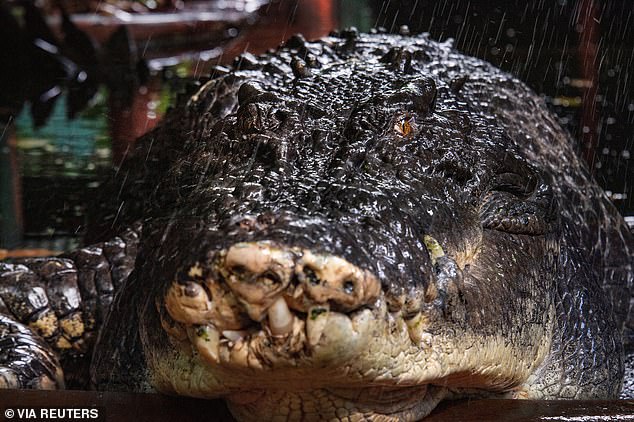
The world’s largest captive crocodile, Cassius, is pictured at Marineland Melanesia on Green Island, Great Barrier Reef, Cairns, Australia
As an animal ages, its bones gradually take on layers or “rings” that can be counted, like tree rings, to discover its true age.
Samples of the bone are now being sent for analysis, although Dr. Isberg said she is concerned that the growth rings are not “easily discernible.”
“My plan is to send it to a lab that can cut it up and look for growth rings, like in trees,” Isberg said. ABC News.
Of course, the bone analysis could not be performed while the animal was alive, so only after death can Cassius be properly aged.
Dr Isberg said a routine necropsy (a surgical examination of a corpse) indicated there was no “causal cause of death”.
In other words, the 1,300kg Cassius, often considered the world’s largest pet crocodile, is believed to have simply died of old age.
While the next step is bone analysis, the results could take months to arrive and may not be conclusive.
Samples have also been taken from its main organs, while the skin and head are also preserved.
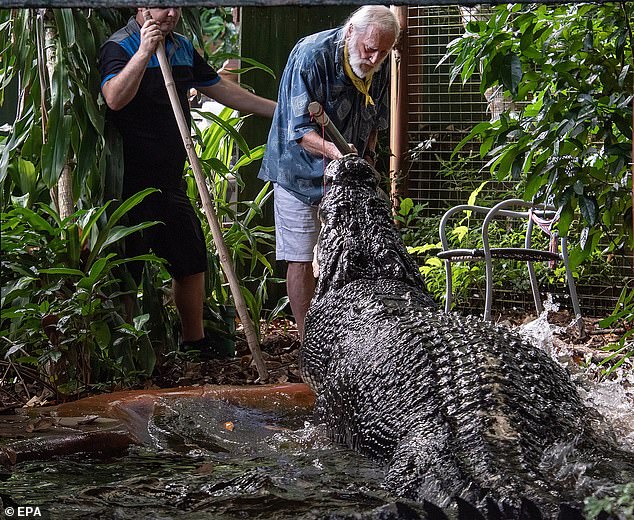
George Craig of Green Island Marineland Melanesia (pictured) feeds Cassius, who died at the age of 110
Unfortunately, a health evaluation conducted last year on Cassius found “no reason to believe that Cassius will not live for years to come.”
Saltwater crocodiles are very dangerous to humans and are responsible for at least several dozen attacks on people each year.
Wildlife experts generally say that saltwater crocodiles live more than 70 years, but a more exact figure is not known for this species.
Professor Adam Rosenblatt, a biologist at the University of North Florida, previously said Living science that those in captivity tend to live longer.
“My own guess is that the maximum lifespan of crocodiles as a group is in the range of 100 to 120 years, but they would only reach those ages in captivity,” he said.
“In the wild, most crocodiles probably don’t live longer than 60 years.”
The oldest known crocodile, Freshie, lived for approximately 140 years after being captured by Steve Irwin in 1970.
As the name suggests, Freshie was a freshwater crocodile, a species not believed to live as long as the saltwater one.
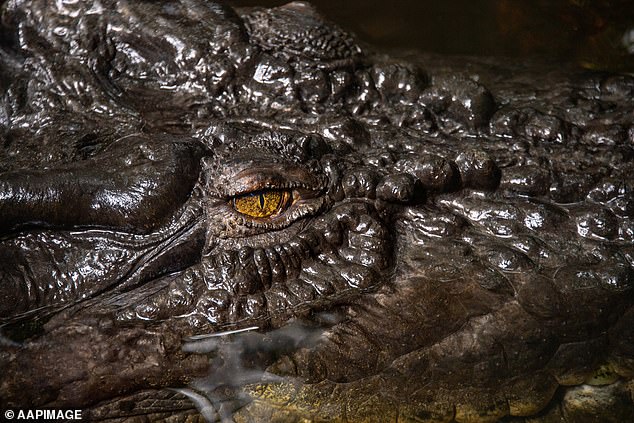
Saltwater crocodiles are very dangerous to humans and are responsible for at least several dozen attacks on people each year.
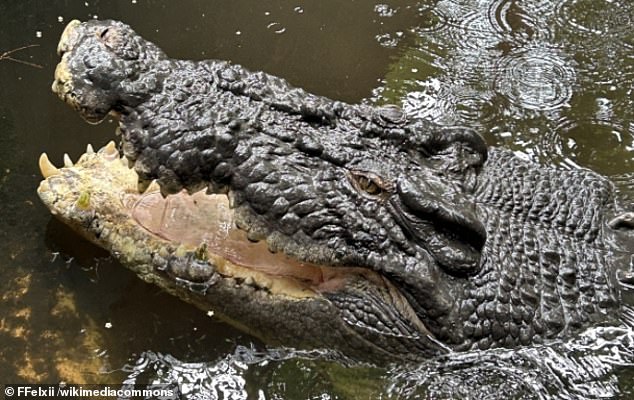
Cassius is the largest crocodile ever caught alive in Australia. It was 5.48 meters (18 ft 0 in) long and weighed around 1,300 kg (2,870 lb).
Cassius lived in the Marineland Melanesia crocodile habitat from 1987 after being captured in the Finniss River, near Darwin, in 1984.
At the time, Cassius was said to be between 30 and 80 years old, an estimate based on a size comparison with crocodiles kept in captivity since birth.
In 2011, Cassius set the Guinness World Record as the largest living crocodile in captivity.
The alligator had an especially close bond with his keeper Craig and the pair would sit in silence for “hours at a time,” said Toody Scott, Craig’s former keeper and grandson.
“Over the last few years, George has been traveling on a mobility scooter and every time he approached the compound, Cassius would approach him,” Scott added.
Cassius was promoted as a “living dinosaur” because it looked so ancient, making it a particular draw for tourists.
Marineland Melanesia is a small habitat that houses “problematic” crocodiles that have been considered a threat to humans.
Craig established the center in 1971 after spending 18 years capturing and safely relocating rogue crocodiles to help prevent attacks on villages.


